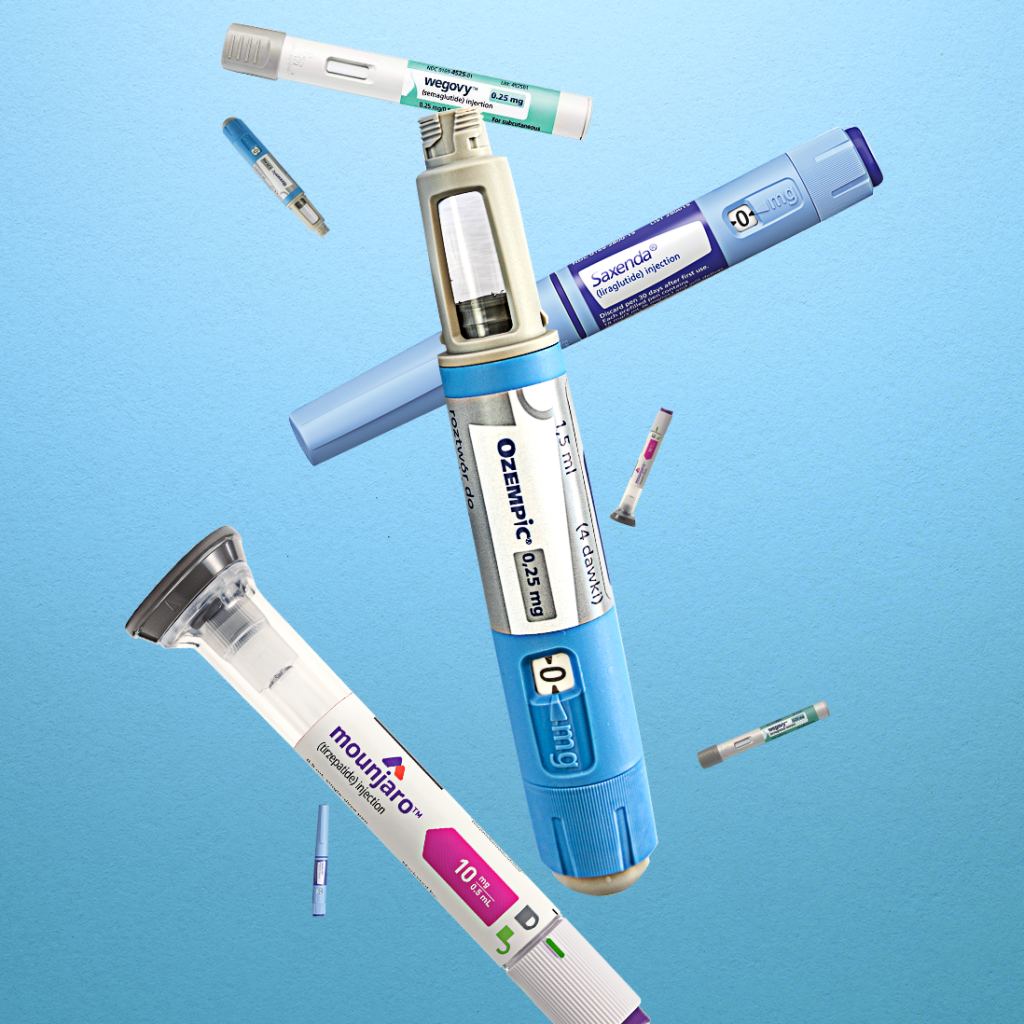Lilly’s Mounjaro vs. Novo Nodisk’s Obesity Drug
Recent data analysis drawn from health records and comprehensive research unveils compelling findings regarding the weight loss benefits of Eli Lilly’s Mounjaro compared to Novo Nordisk’s obesity drug.
In-Depth Weight Loss Comparison
The study, showcased on medRxiv ahead of peer review, sheds light on the substantial disparity in weight loss outcomes. Remarkably, within a year of commencing treatment, individuals administered tirzepatide, the active component in Mounjaro and Zepbound, exhibited significant progress.
A staggering 42.3% of this group successfully shed at least 15% of their body weight. In contrast, only 19.3% of patients receiving semaglutide, the principal ingredient in Wegovy and Ozempic, achieved similar weight reduction milestones.
Tip: Please fill out the form if you or a friend would like more information on glucose monitors.
Significant Study Findings
Upon meticulous consideration of individual risk factors, the analysis underscored the remarkable efficacy of Mounjaro. Patients prescribed Lilly’s Mounjaro showcased noteworthy results, being 76% more likely to lose a minimum of 5% of their body weight, over twice as likely to achieve a 10% weight loss milestone, and more than three times as likely to reach the 15% weight loss benchmark compared to those on Ozempic.
Read Guide about Wegovy Dosage Guide: The Best Way For Weight Loss
Insights from Comprehensive Data Analysis
The robustness of this analysis, encompassing 9,193 participants on Lilly’s Mounjaro alongside an equal number on Ozempic, was founded upon electronic health records and comprehensive pharmacy dispensing data.
The participant cohort, averaging 242 pounds (110 kg) in weight, where approximately half had type 2 diabetes, exhibited promising trends in weight loss trajectories.
Impact Over Time
Tracking the progression of treatment, individuals using Lilly’s Mounjaro demonstrated a consistent trend of superior weight loss. At the three-month mark, Lilly’s Mounjaro users exhibited an average weight loss of 2.3% higher than their Ozempic counterparts.
This margin widened to 4.3% at the six-month interval and culminated in an impressive 7.2% more weight loss among Lilly’s Mounjaro users by the one-year milestone.
Must Read CGMs in noncritical care hospitals optimizes glycemic control
Safety and Considerations
Amidst the pronounced efficacy, rates of gastrointestinal adverse events remained notably similar between the groups, as highlighted by the researchers, underpinning the safety profile of both medications.
Insights and Noteworthy Considerations
An important aspect to acknowledge is the primary designation of both Novo’s Ozempic and Lilly’s Mounjaro for individuals with type 2 diabetes. However, it’s notable that half of the participants in this study were leveraging these medications solely for weight loss objectives, a factor that might have influenced the observed outcomes.
Also, read about Technology-Based Biohacking in Health Enhancement
Responses from Pharmaceutical Companies
In response to the findings, Novo Nordisk emphasized that the evaluated doses of semaglutide were not specifically studied for chronic weight management. Lilly, acknowledging the approval of its drug for weight loss, reiterated its stance against promoting off-label usage of its medicines.
Future Projections
A promising upcoming trial is underway, focusing on comparing the weight loss formulations of these drugs among overweight or obese patients without type 2 diabetes. However, results from this trial are not anticipated until 2025.
Concluding Perspectives
Both pharmaceutical entities emphasized that the study, being a preprint, is yet to undergo the rigors of peer review. Thus, caution is warranted in interpreting these findings as guidance for clinical practices.


